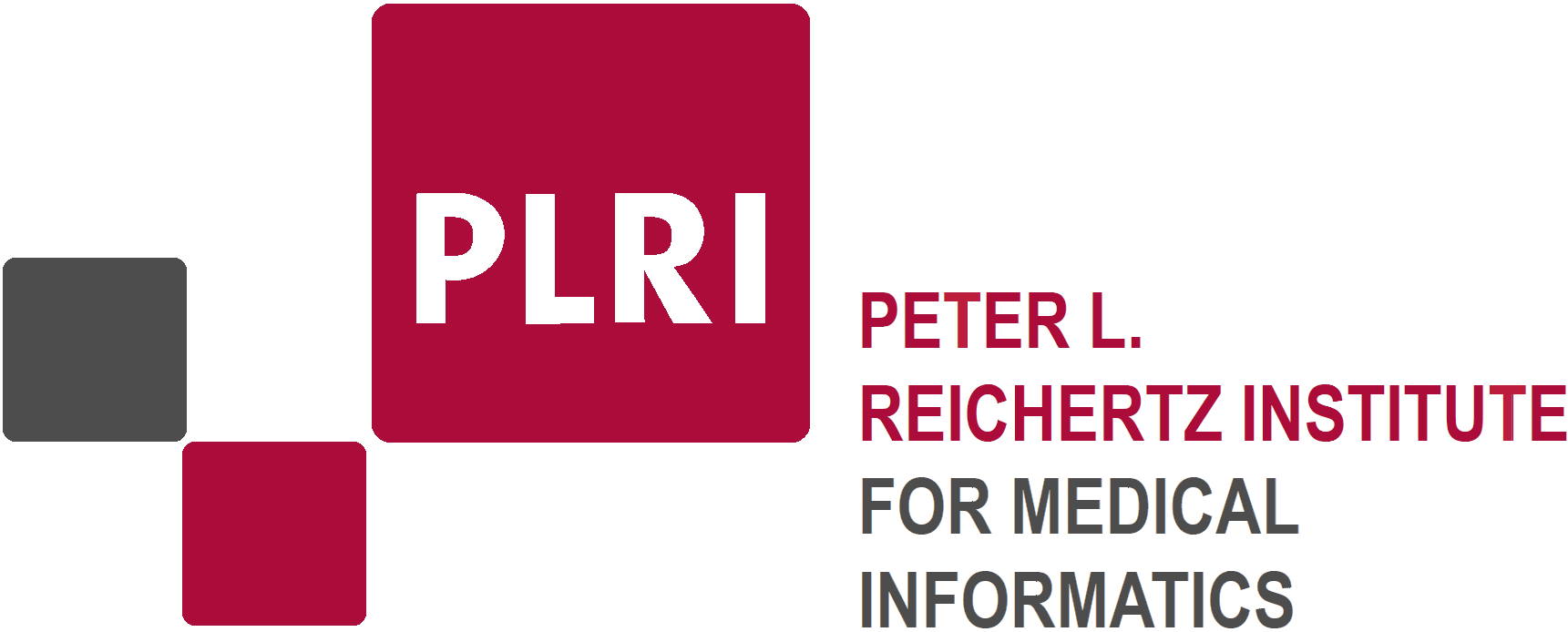
Context and Motivation
Big data is commonly characterized by three V’s: volume (scale of data), variety (different forms of data), and velocity (streaming of data). Hence, big data is created when data siloes from different domains and systems are interconnected. This allows the discovery of hidden information and the generation of new knowledge through analysis of the merged data, and it adds value.
In this project, we propose the linkage of information and communication technology (ICT) systems in the emergency and rescue chain. This includes systems generating emergency alerts as well as systems in the prehospital and the hospital treatment phases. The data captured on an accident or emergency event may be technical or medical. The data becomes readily available with the growing internet of things and sensor-enhanced information systems in the human environment such as smart homes, smart vehicles, and smart wearables. Such an event data recorder (EDR) generates an alarm on the detection of an adverse event and holds valuable information for the rescue team. The ICT systems of the emergency medical services (EMS) are collecting rescue data, initial findings, and continuous health monitoring data during the patient’s transport. In the hospitals where the patients are treated, medical data is recorded, forming an electronic health record (EHR).
Based on date, time, and location, the ISAN is initially requested from the alerting system. Such a token – appropriately protected by cryptographic processes – is embedded in the different systems and, secured by a trustee, allows to merge the records on demand. Using ISAN, valuable information can be exchanged, far beyond the minimum set of data, which has been defined in the European eCall system.
For example, the smart home that has alerted the collapse of an elderly person provides access to a floorplan, exact location of the event, and the key code to open the door. Furthermore, the accident and emergency chain can be analyzed from its emergence, through its treatment, to the care-relevant outcomes. The holistic view allows stakeholders such as healthcare providers, vehicle manufacturers, or smart home companies to improve their services and products.
Research is focused on the architecture of ISAN generator, data supplier and trustee center, and the communication protocol between the systems. Hashing algorithms that are tolerant to measurement errors and electronic certificates of such measures are required. Data security and privacy of the ISAN system must be ensured.
Approach and Hypothesis
Our research is driven by the following hypothesis, that we aim at proving within the project duration:
- The ISAN provides method and means to link separated data silos in A&EI
- Data linkage is possible retrospectively and prospectively
- Privacy can be guaranteed by appropriate cryptographic processes
- The ISAN provides benefits to the rescue chain
Because the City of Braunschweig provides a unique constellation of stakeholders, we start locally with a smart home application. Within the project phase, we want to realize two use cases. Rollout is then possible with respect to other applications and regions. The next application will be in smart cars and enhanced eCall services. Combining EDR and EHR data allows to predict injuries and request exactly the help required to optimally support a traffic accident. The next region will be the Metropol area including Hannover, Götting, Wolfsburg. This, however, is beyond the three years project duration.
Open Questions and Challenges
So far, all research on big data creation and analytics in the field of A&EI is considering the rescue service as a starting point of (isolated) data collection and is targeting on linking this data with others. However, smart devices, the internet of things, or smart vehicles are already today collecting data that is helpful for rescue teams, too. For example, the minimal set of data of the European eCall system provides not only location and time of a traffic accident but also the type of car, which helps the rescue team to have appropriate tools for emergency opening in place. In this proposal, we consider the event data recorder (EDR) as the alerting system and suggest the International Standard Accident Number (ISAN) to link data from the EDR, which is seen as a starting point in the chain of (so far isolated) ICT systems. Starting with smart implants (inside the human body), such as pacemakers that might autonomously call a safe and rescue team in near future using a Bluetooth connection with a smartphone, the EDR scales increase by their distance to the human body: clothes (on the human surface), handhelds, vehicles (smart cars as well as smarter flight recorders, sending their data while falling to the ground), homes (private space), cities (public space), and even larger environments. The question of a uniform data format in this conglomerate of data sources is completely unresolved.
Funding and Duration
The duration of ISAN project is 3 years, started on 1.09.2019 and will be terminated at the end of August 2022. The financial funding of the project is 1.2 million €.
